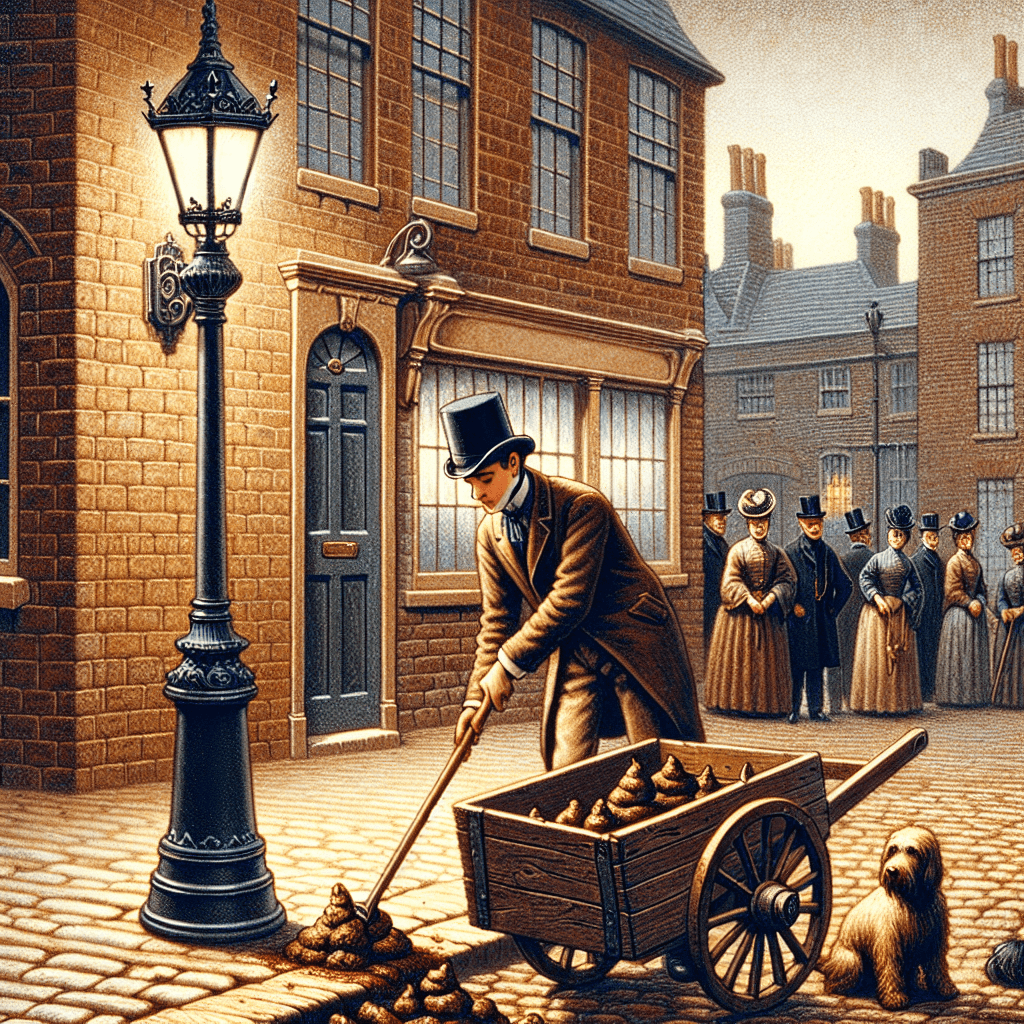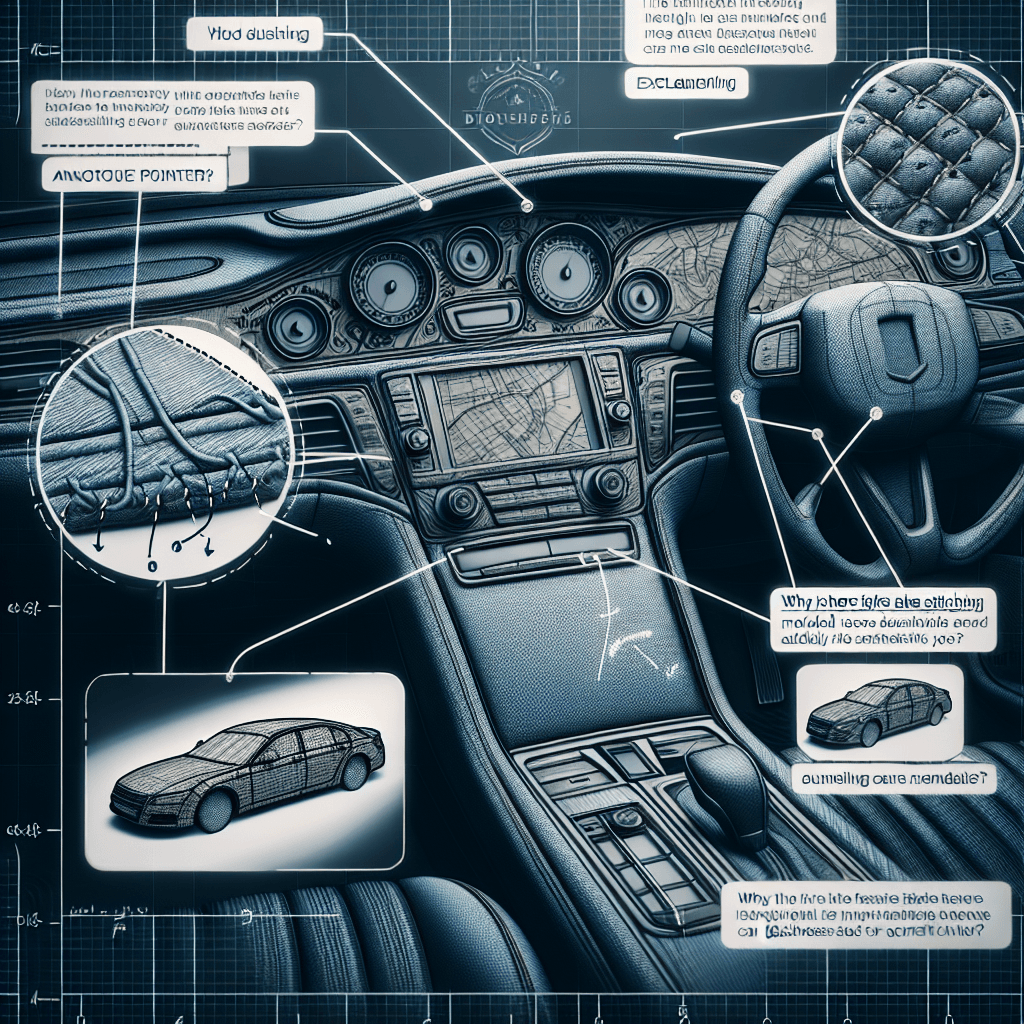From Pavement to Profit: Why Victorians Paid for Dog Feces
It may sound bizarre, but collecting dog droppings, or 'pure,' was a genuine occupation in Victorian cities. Discover the surprising and profitable industry that relied on this unsavory commodity.


Too Long; Didn't Read
In Victorian times, dog feces (called 'pure') were collected and sold because they were a key ingredient in the leather tanning process, used to soften animal hides.
From Pavement to Profit: Why Did Victorians Pay People to Collect Dog Feces?
It’s a rather unsavory image: individuals, often impoverished, diligently scouring the streets of Victorian cities, not for lost coins, but for dog droppings. While it might sound like a bizarre historical footnote, the collection of dog feces, or "pure" as it was euphemistically known, was a genuine, if grimy, occupation. But why on earth would anyone pay for such a commodity? This blog post delves into the surprising industrial demand that made dog excrement a valuable, albeit unpleasant, resource in 19th-century Britain.
The "Pure-Finders": A Grim but Necessary Role
In the bustling, and often unsanitary, streets of Victorian London and other industrial cities, a peculiar group of individuals known as "pure-finders" eked out a living. These were typically among the poorest members of society – the elderly, infirm, or young children – for whom any meager income was vital. Their task was simple yet stomach-churning: to collect fresh dog feces from the streets and sell it. Historical accounts, such as those by Henry Mayhew in "London Labour and the London Poor," paint a vivid picture of these individuals, equipped with a pan and a covered bucket, navigating the urban landscape in search of their unusual quarry.
The Unexpected Consumer: The Tanning Industry
The primary reason Victorians paid for dog feces lay in a crucial stage of the leather tanning process. Before modern chemical methods, tanners relied on natural substances to prepare animal hides, and dog excrement played a vital role in producing finer, softer leathers.
Bating: The Secret in the "Pure"
The process was known as "bating" or "puring." After hides were de-haired (often using lime), they were stiff and swollen. To make them pliable and soft, and to remove any remaining lime, flesh, or grease, they were immersed in a revolting concoction. This mixture often consisted of warm water and dog feces.
The key ingredients in the dog "pure" were pancreatic enzymes, specifically proteases like trypsin and chymotrypsin. As historian Ruth Goodman explains in "How to Be a Victorian," the diet of Victorian dogs, often rich in meat and bones, meant their feces were particularly high in these enzymes. These enzymes worked to:
- Break down remaining proteins and fats in the hide.
- Loosen the hair follicles.
- Neutralize the effects of the lime.
- Make the grain of the leather smoother and finer.
This bating process was particularly important for producing high-quality, supple leathers used for items like kid gloves, bookbindings, and expensive shoe uppers. The specific quality of dog "pure" was considered superior for these delicate applications compared to other animal dungs, which might have been used for coarser leathers.
The Economics of Excrement
The price paid for "pure" varied depending on its quality and freshness, with "white" or "album græcum" (from dogs fed primarily bones) being particularly prized for its higher enzyme content. While the income for a "pure-finder" was modest – perhaps a few shillings a week – it was a source of revenue in a society with limited welfare. For the tanneries, however, securing a consistent supply of "pure" was essential for their production of luxury leather goods. The demand, therefore, sustained this unusual trade. One could say it was an early, if unintentional, form of urban waste recycling driven by industrial need.
The Decline of the "Pure-Finder"
The smelly and unpleasant trade of pure-finding eventually faded away, not primarily due to public health outcries (though Victorian cities were increasingly concerned with sanitation), but because of scientific and industrial advancements. By the late 19th and early 20th centuries, chemists began to understand the enzymatic processes involved in bating. This led to the development of artificial bates – standardized, commercially produced enzymatic solutions derived from animal pancreases or microbial sources. These new methods were:
- More hygienic and less offensive.
- More consistent in quality and effect.
- More reliable in supply.
As these synthetic alternatives became more widespread and affordable, the demand for naturally sourced dog feces dwindled, and the occupation of the "pure-finder" gradually disappeared into the annals of history.
A Curious Chapter in Urban History
The Victorian practice of paying for dog feces serves as a fascinating, if unsettling, reminder of how industrial needs can create niche economies from the unlikeliest of sources. It highlights the ingenuity of pre-modern industries in utilizing natural materials and underscores the harsh realities faced by the urban poor who undertook such unpleasant tasks to survive. While we may wrinkle our noses at the thought today, the "pure-finders" and their pungent product played a small but significant role in crafting some of the Victorian era's finest leather goods. This historical curiosity reminds us that value can often be found in the most unexpected places, driven by the specific needs and knowledge of a particular time.


